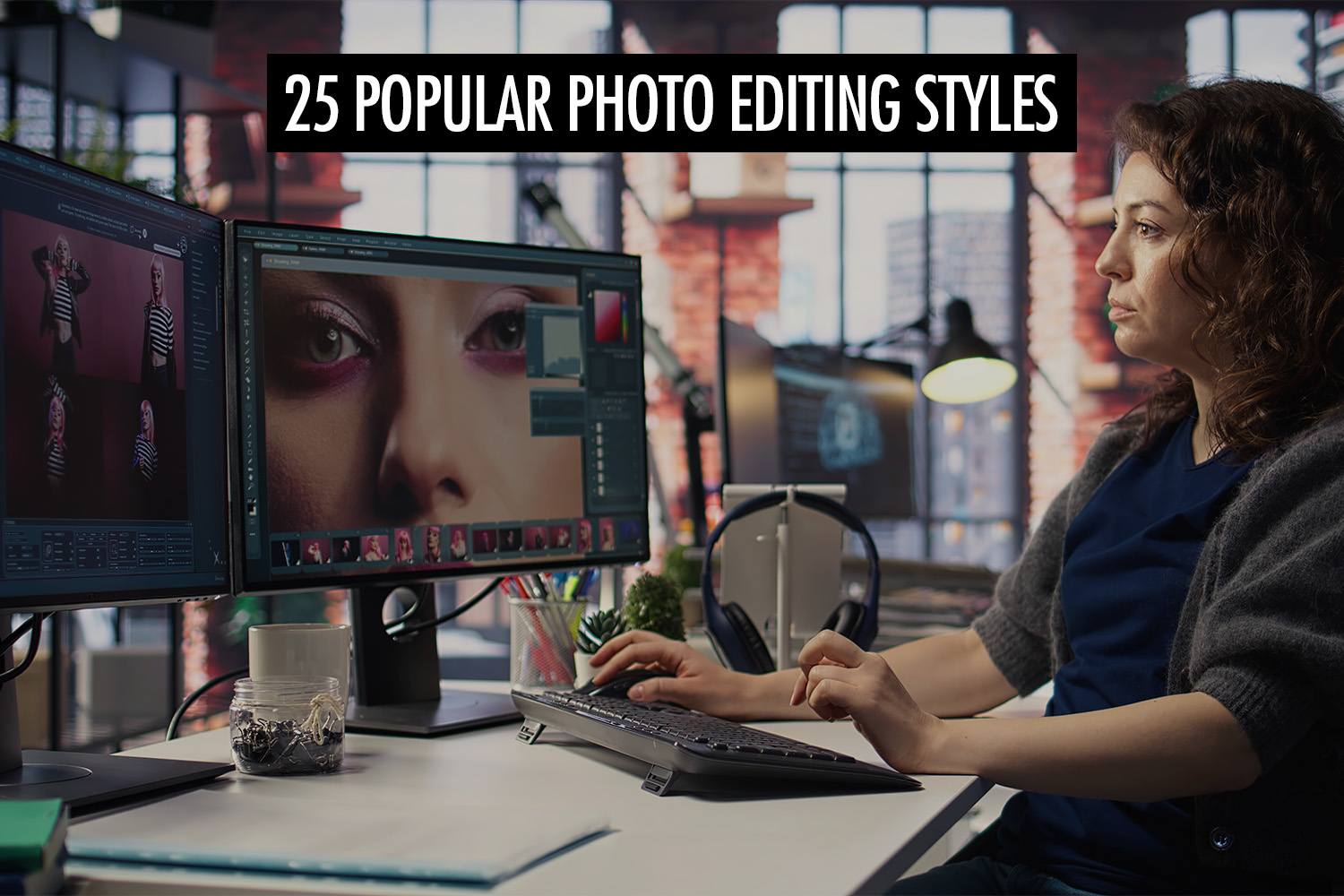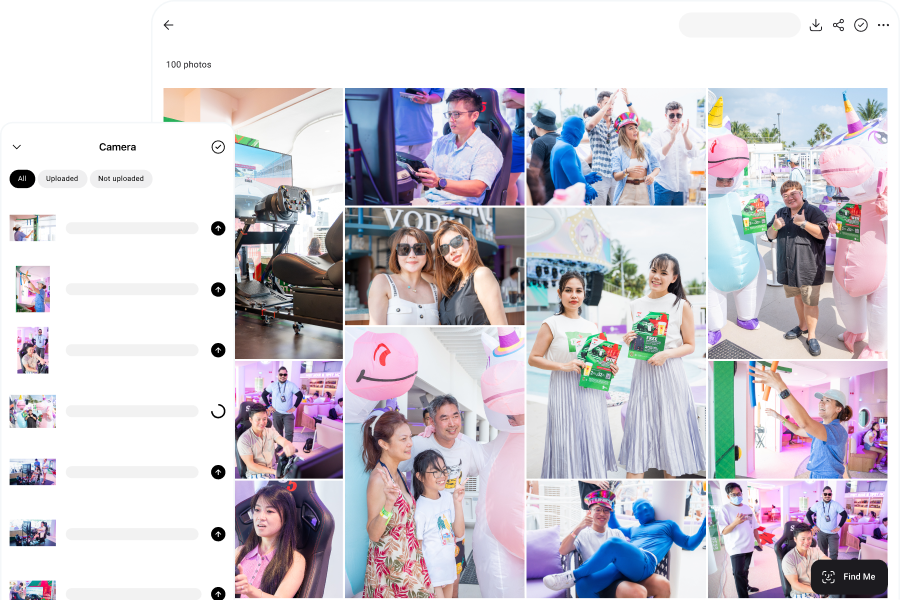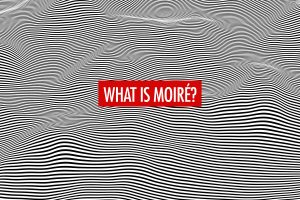Every photographer remembers opening an editing program for the first time, and trying the adjustments just to see the magic happen. Suddenly, a dull shot could brighten, a cold scene could warm, or a mood could completely change. Over time, you realize editing isn’t just about fixing mistakes. It’s the creative extension that turns an image from “good” into something unmistakably yours.
That’s your photo editing style: your photographic fingerprint. Subtle or bold, it makes your work instantly recognizable. More than just making photos look good, it tells stories only you can. And it’s often what separates forgettable images from a portfolio that stops people mid-scroll.
In this article, we will look at what makes an editing style, why it matters, and how you can start developing one that feels authentic to you. We will also go through the key elements such as exposure, contrast, and color grading that shape a photographer’s look.
On top of that, we will explore popular photo editing styles and share tips on refining your own. Whether you are just starting out or looking to fine-tune your aesthetic, this guide will help you put intention behind the visual choices you make every time you edit.
What Is a Photo Editing Style?
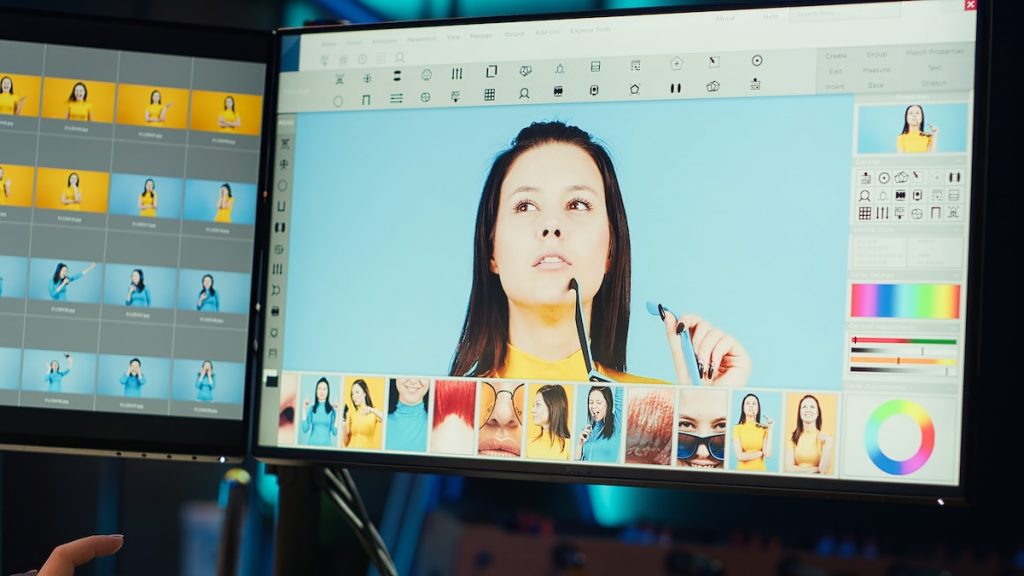
When photographers talk about editing style, they are referring to the consistent look and feel that runs through their work. It is the unique way you approach editing choices such as color, contrast, tones, and overall mood. In simple terms, your photo editing style is your visual signature.
Editing style is not the same as correcting a photo. Adjusting exposure, fixing white balance, or removing a distracting object are technical steps to make an image better. Style, on the other hand, is what you add on top of that. It is where you decide whether a scene should feel warm and nostalgic, cool and cinematic, or soft and romantic. This is the layer of editing that transforms a picture into a piece of storytelling.
Think of it like handwriting. Two people may write the same words, but their strokes and rhythm will make the writing look completely different. In photography, photo editing styles work the same way. You and another photographer could capture the same subject, yet your personal editing choices will shape how viewers experience that image.
Having a recognizable style helps your work stand out. When someone can scroll through their feed and immediately know a photo is yours, you have created something powerful. It is not about following trends. It is about developing a way of editing that feels true to your vision as a photographer.
Why Having a Photo Editing Style Matters
Photography is not just about capturing moments. It is also about how those moments are presented. Your photo editing style plays a huge role in shaping that presentation, and having a consistent approach can make all the difference.
One of the biggest reasons style matters is recognition. When your photos carry a consistent look, people begin to identify them as yours. This helps build your personal or professional brand. Clients who connect with your style will know exactly what to expect, and that trust makes it easier for them to choose you over someone else.
Style also adds emotional depth to your work. A moody edit with rich shadows can make a scene feel dramatic, while light and airy tones can create a sense of joy and openness. The way you edit has the power to influence how viewers feel, and that emotional connection often lingers long after they see the photo.
Your photo editing style also highlights the difference between a professional and a hobbyist. Hobbyists may experiment with different looks from photo to photo, while professionals focus on delivering a consistent aesthetic that clients can rely on. Having a clear style shows that you treat your photography as a craft rather than just an occasional pastime.
Another important aspect is professionalism. Anyone can take a good photo once in a while, but consistently delivering images with a strong and recognizable style sets you apart as a serious photographer. It shows intention and direction rather than randomness.
Most importantly, your photo editing style becomes part of your creative voice. Just like painters are remembered for their brushstrokes, photographers are remembered for their visual language. Developing your editing style is about finding that language and using it to tell stories that are unmistakably yours.
How to Develop Your Own Photo Editing Style
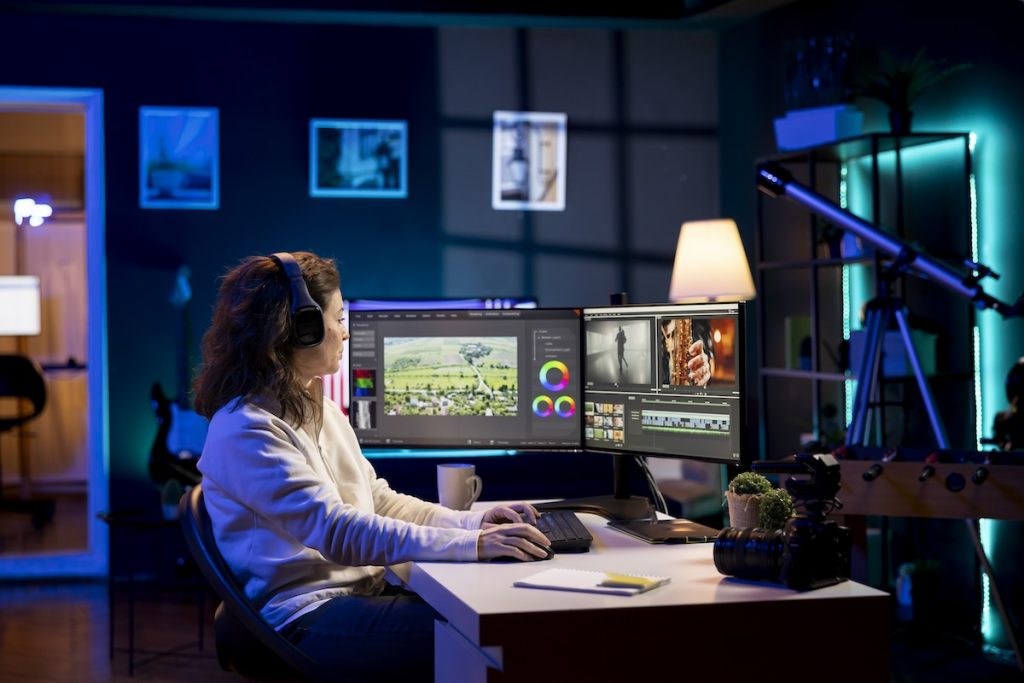
Finding your photo editing style does not happen overnight. It is a process of experimenting, refining, and slowly discovering what feels true to you. The good news is that every edit you make brings you closer to defining that look.
A good place to start is with inspiration. Study the work of photographers you admire and pay attention to what draws you in. Is it their use of warm tones, their dramatic shadows, or maybe their minimal color grading? The goal is not to copy but to understand what resonates with you and why.
Next, experiment with editing software. Lightroom, Photoshop, Capture One, and other tools give you endless ways to play with exposure, color, and tones. Do not be afraid to push sliders too far at first just to see how changes affect the mood. Through trial and error, you will start noticing patterns in what you like.
Consistency in shooting also plays a role. Your photo editing style often grows from the way you shoot. If you love backlit portraits, for example, you might lean toward bright, airy edits that complement that type of light. If you are drawn to street photography, your edits might naturally develop a more raw and gritty edge.
Finally, give yourself time. Photo editing style is not something you lock down instantly. It will evolve as you grow as a photographer, and that is completely normal. What matters is finding a direction that feels authentic and then refining it with every project you take on.
Key Elements in Defining Your Photo Editing Style
When shaping your photo editing style, the details matter. Small adjustments in exposure, contrast, or color can completely change how a photo feels. Paying attention to these elements helps you move beyond random edits and instead create a consistent, intentional look across your portfolio.
Exposure and Lighting
Exposure is one of the first things people notice in a photo, and it sets the overall mood. A bright, high-key image with lots of light feels cheerful, clean, and modern. Underexposed photos with rich shadows can give a cinematic or dramatic edge.
Think about how you want your audience to feel when they see your work. Do you want your images to glow with positivity, or do you prefer the mystery that comes with deeper tones? Being consistent with these choices helps form the backbone of your style.
Contrast and Clarity
Contrast controls how much separation exists between light and dark areas. A punchy, high-contrast edit makes colors pop and lines feel sharp, which works beautifully for sports, fashion, and editorial photography. A softer, low-contrast approach creates a dreamy atmosphere that suits weddings, portraits, and lifestyle images.
Clarity is another tool to consider. Adding it brings out fine details and textures, while reducing it softens harsh lines and creates a hazy, ethereal feel. Knowing when to push and when to hold back gives your work a distinct voice.
Color Grading
Color has an incredible influence on storytelling. Warm, golden tones can bring out feelings of comfort and nostalgia, making them popular in family or wedding photography. Cooler tones with hints of teal and blue feel cinematic and are often used in urban or travel photography.
Some photographers lean toward desaturated, earthy palettes for a timeless look, while others prefer vibrant colors that jump off the screen. Deciding how you want to use color—whether subtle or bold—can be one of the most defining aspects of your photo editing style.
Composition
Although composition starts in-camera, editing gives you a second chance to refine it. Cropping in tight can create intensity and focus attention on details, while leaving negative space can make your images feel calm and balanced. Straightening horizons, aligning symmetry, or adjusting framing can elevate an ordinary shot into something polished and professional. The way you approach these choices will contribute to how people perceive your style.
Skin Tones and Texture
For portrait photographers, the way you handle skin can make or break your style. Some prefer natural tones with minimal retouching, celebrating authenticity and realness. Others go for a smooth, polished look suited for fashion and beauty work.
Beyond tone, texture matters too. Keeping skin detailed can give a raw, documentary feel, while softening it creates a refined, editorial finish. Clients will often choose a photographer based on how skin looks in their edits, so it is worth being intentional here.
Black and White
Black and white editing strips away the distraction of color and emphasizes light, shape, and composition. Some photographers use it for dramatic moments where contrast is the star of the image. Others adopt black and white as a signature look across their entire body of work.
Deciding whether to use it occasionally or consistently is another way your style can take shape. Even within black and white, you can choose between a high-contrast dramatic look or a soft, film-like grayscale.
In the end, your photo editing style is the sum of all these decisions. Exposure, contrast, color, composition, skin tones, and even the occasional black and white photo come together to create something uniquely yours. When you start combining these elements in a consistent way, patterns emerge. Over time, those patterns become the recognizable style that people associate with your photography.
25 Popular Photo Editing Styles
The way you edit your photos says just as much as the way you capture them. Some styles are rooted in tradition, while others are born from social media trends, but each one shapes the mood and storytelling of your work.
Exploring different approaches not only gives you inspiration but also helps you see where your own preferences fit in. Here are 25 of the most popular editing styles photographers use today.
Light and Airy

Bright, soft, and romantic, this style thrives on high exposure and gentle shadows. Colors lean pastel, whites are clean, and skin tones glow warmly. Often used in weddings and lifestyle sessions, the light and airy photo editing style communicates joy, hope, and timeless elegance. It works especially well outdoors in natural light where the softness of the sun complements the editing. The result is a look that feels delicate and full of life, almost like reliving a perfect sunny day.
Dark and Moody

The opposite of light and airy, this photo editing style embraces rich shadows, muted highlights, and earthy tones. Greens, browns, and grays dominate, creating a cinematic atmosphere. Dark and moody editing feels raw and emotional, making it popular for portraits, adventure shoots, and elopements. It enhances depth and texture, allowing even simple scenes to feel dramatic.
Film-Inspired or Vintage

Nostalgia drives this look, with muted colors, grain, and slight imperfections that mimic analog photography. Blacks may fade, highlights may glow, and tones lean warm. This style adds emotion and timelessness, often used in street, lifestyle, and wedding photography.
Its imperfections are what make it charming, turning digital work into something that feels handcrafted. For clients, film-inspired edits often spark memories, giving images a sense of history and sentimentality.
High Contrast and Editorial

Bold and striking, this photo editing style uses deep blacks, bright highlights, and crisp details. Colors are vibrant, and skin is polished to perfection. It’s the go-to for fashion, beauty, and commercial photographers who want their images to stand out in magazines or campaigns. Every detail is intentional, making the subject pop against the background. This kind of editing is about presence and power, designed to make sure a photo can’t be ignored.
Natural and True-to-Life

When accuracy matters more than stylization, this photo editing style shines. Colors remain faithful, contrast is balanced, and edits are minimal. Perfect for documentary, event, and photojournalistic work, natural editing ensures moments are preserved exactly as they happened. It respects the authenticity of the scene, making it ideal when your goal is honesty in storytelling. Many clients appreciate this approach because it feels trustworthy and unfiltered.
Cinematic or Teal and Orange
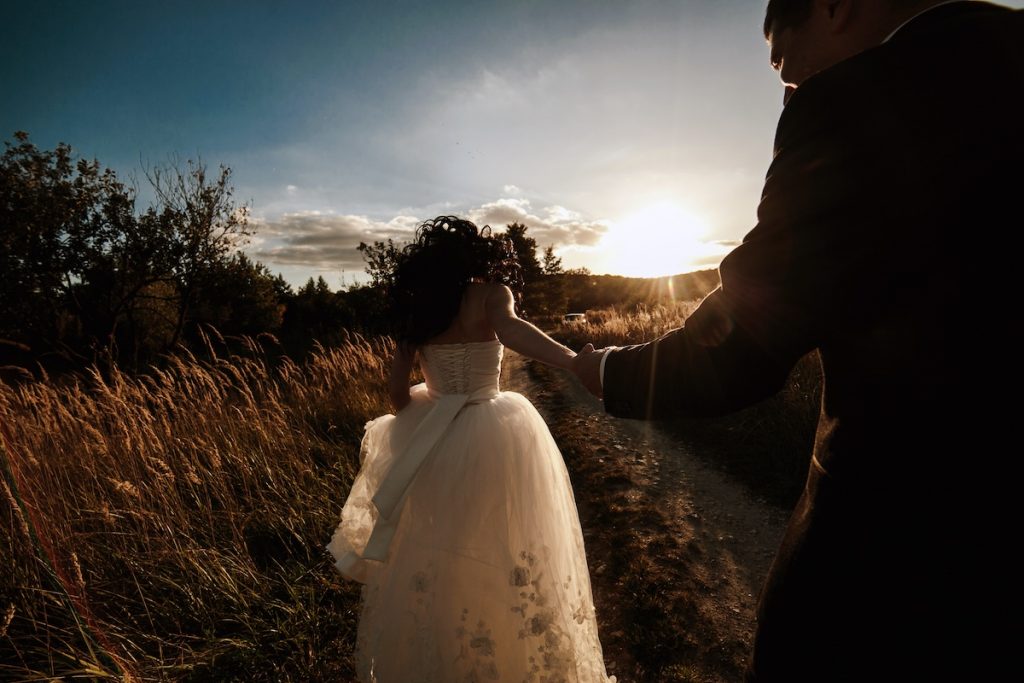
Inspired by film color grading, this photo editing style emphasizes cool shadows and warm skin tones. Teals dominate darker areas, while highlights glow with oranges or golds. The result is cinematic, making it a favorite in travel, adventure, and commercial photography. The complementary colors create strong visual separation between subjects and their environment. It’s perfect for telling stories that feel larger than life, almost like a movie still.
Fine Art Style
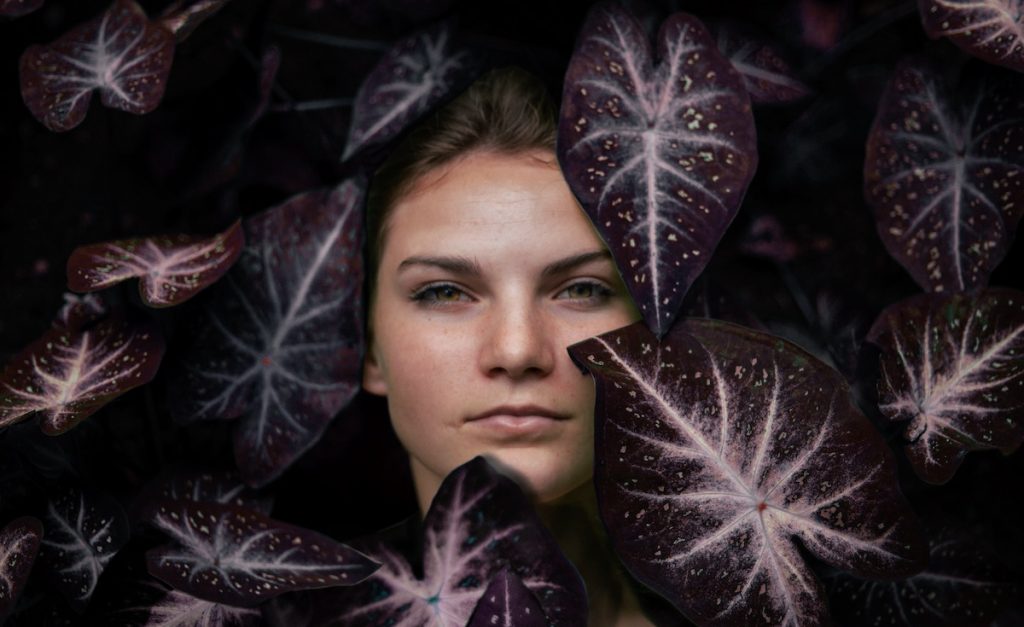
Refined and painterly, fine art editing emphasizes soft highlights, balanced tones, and elegant palettes. Often leaning pastel, it elevates photography into something gallery-worthy. High-end wedding and portrait photographers use this style to give their work a luxurious, artistic feel. Fine art editing is not about capturing every detail but about evoking mood and intention. The result is a collection of images that feel curated and timeless, almost like a painting.
Minimalist and Clean

Simplicity is the goal here. Colors stay neutral, whites are crisp, and distractions are removed. Popular in product, branding, and modern portrait photography, the minimalist photo editing style feels polished and sophisticated without overcomplicating the frame. This approach draws attention directly to the subject, letting form and composition do the talking. It’s particularly effective in commercial work where clarity and focus are essential.
Bold and Vibrant

This photo editing style pushes saturation and contrast, making every element pop. Skies are vivid, colors are electric, and details stand out. Perfect for travel, food, and landscape photography, bold editing creates high-energy images that immediately catch attention on social media. It can transform an ordinary scene into something extraordinary. While subtlety takes a back seat, vibrancy makes the photo unforgettable.
Black and White or Monochrome
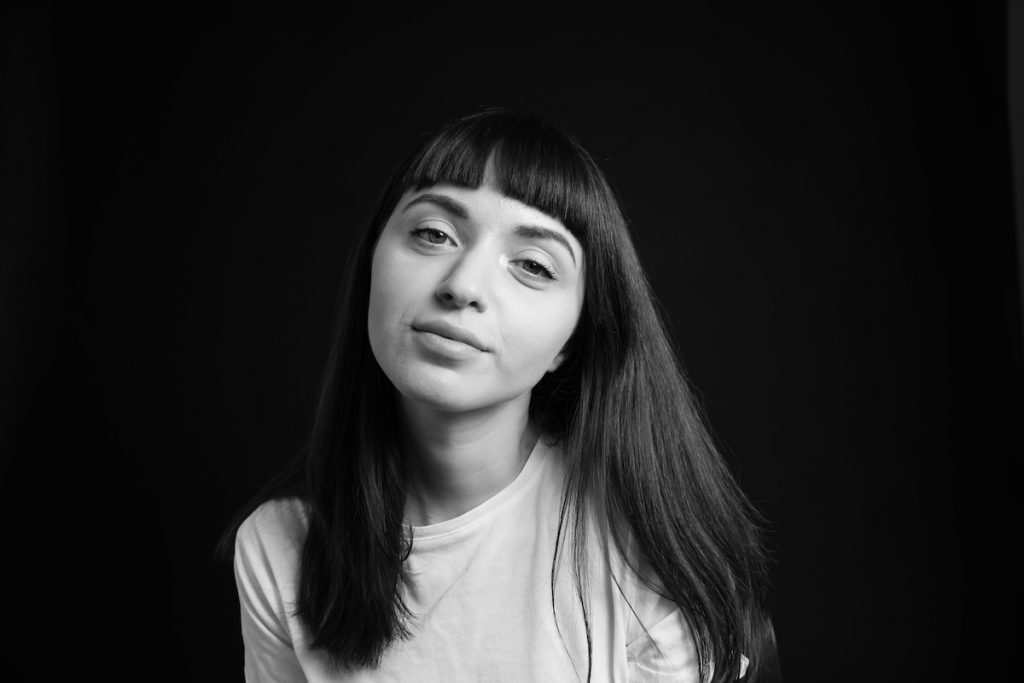
Timeless and powerful, black and white relies on contrast, texture, and light rather than color. It makes portraits emotional, landscapes dramatic, and street photography raw and storytelling-driven. Stripping away color brings focus to composition and detail. Each shade of gray contributes to mood, and deep blacks often carry emotional weight. This photo editing style has remained popular for decades because of its simplicity and honesty.
High Dynamic Range (HDR)
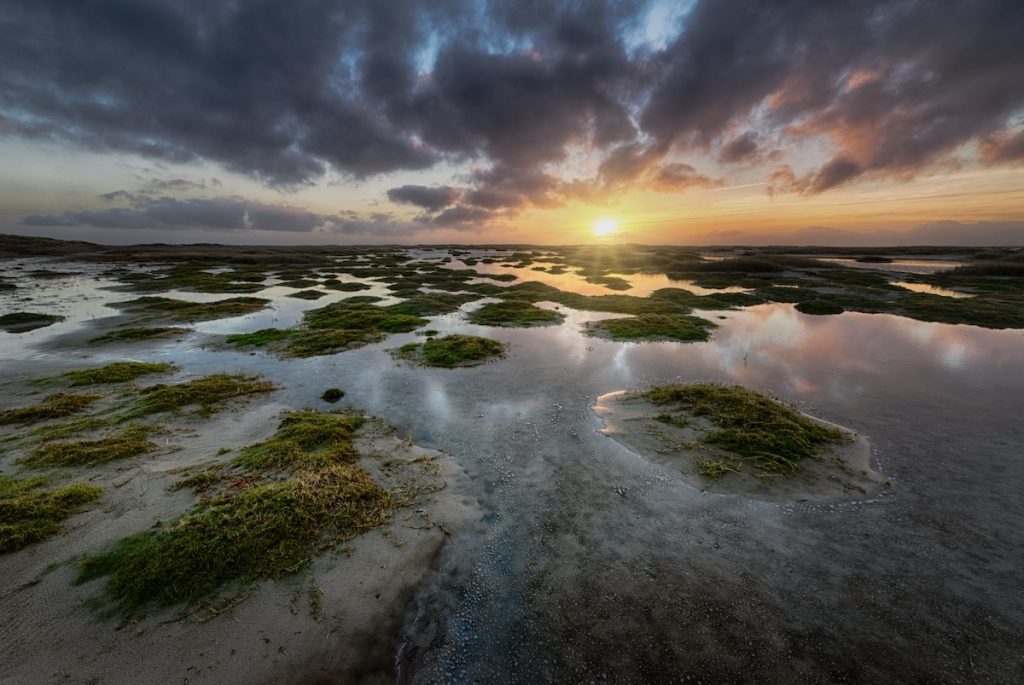
HDR editing maximizes detail in both shadows and highlights. The result is striking clarity across the frame, making it a favorite in landscapes, cityscapes, and architecture. When balanced well, HDR creates depth and richness, though it can feel overly stylized if pushed too far. Done correctly, it allows the human eye to experience the scene as vividly as it was in real life. This makes it especially appealing in environments with challenging light.
Matte Finish
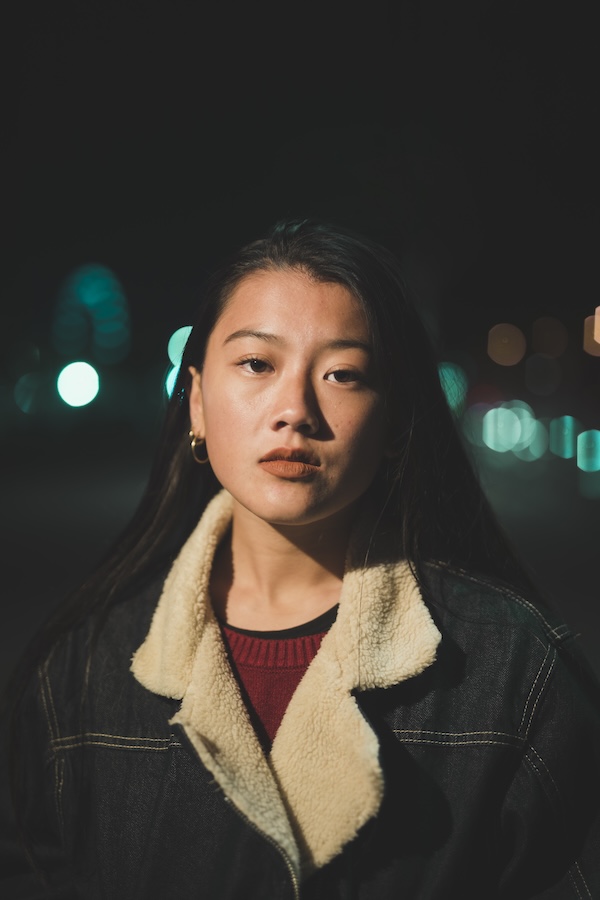
By softening contrast and flattening tones, matte editing gives photos a calm, dreamy feel. Blacks lose some depth, highlights remain gentle, and colors are muted. It’s especially popular in lifestyle and portrait photography for its understated, artistic mood. The matte look adds a touch of nostalgia, as if the images belong in a printed photo album. It’s a photo editing style that whispers rather than shouts, making it subtle yet effective.
Pastel and Dreamy
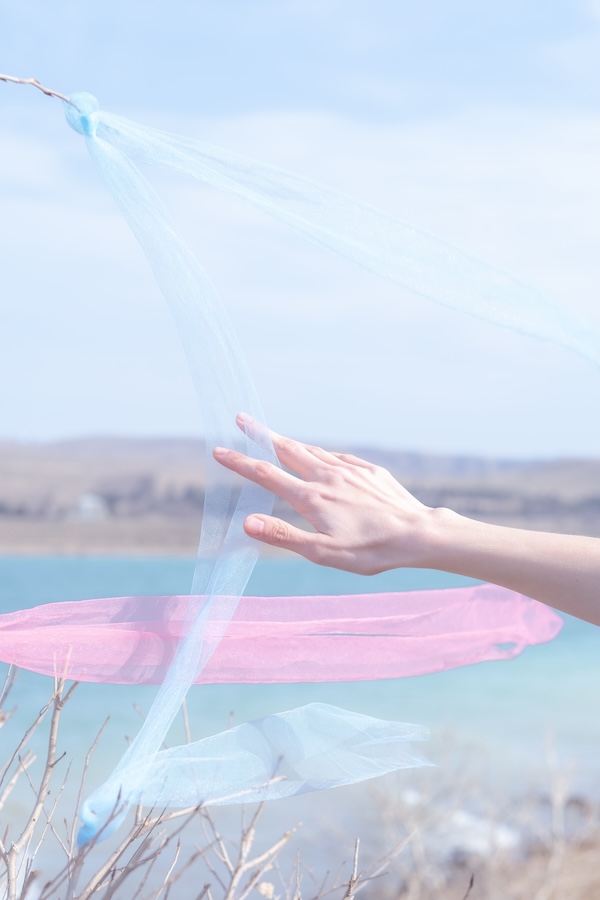
This whimsical photo editing style focuses on delicate, light tones like blush pink, mint green, and pale blue. Often used in lifestyle, engagement, and styled shoots, it creates a lighthearted and magical feel, as if the photos exist in a dreamlike world. It’s playful without being overwhelming, giving subjects a gentle and flattering presence. The style is particularly effective in soft lighting, where its tones feel natural and enchanting.
Surreal or Creative Composite
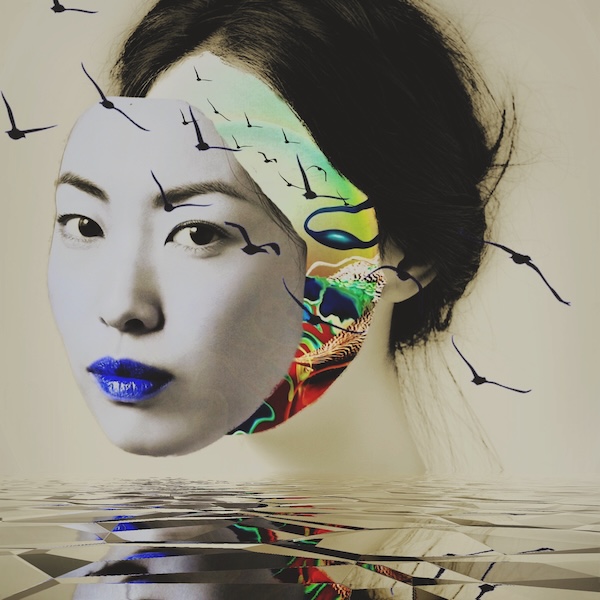
For photographers who want to push beyond reality, surreal editing uses composites, heavy manipulation, or unusual color grading to create imaginative scenes. It’s less about accuracy and more about artistic storytelling, often blending fantasy with photography. The results can be dreamlike, abstract, or even cinematic in scope. This photo editing style is perfect for those who want to stretch the boundaries of photography into digital art.
Desaturated and Muted
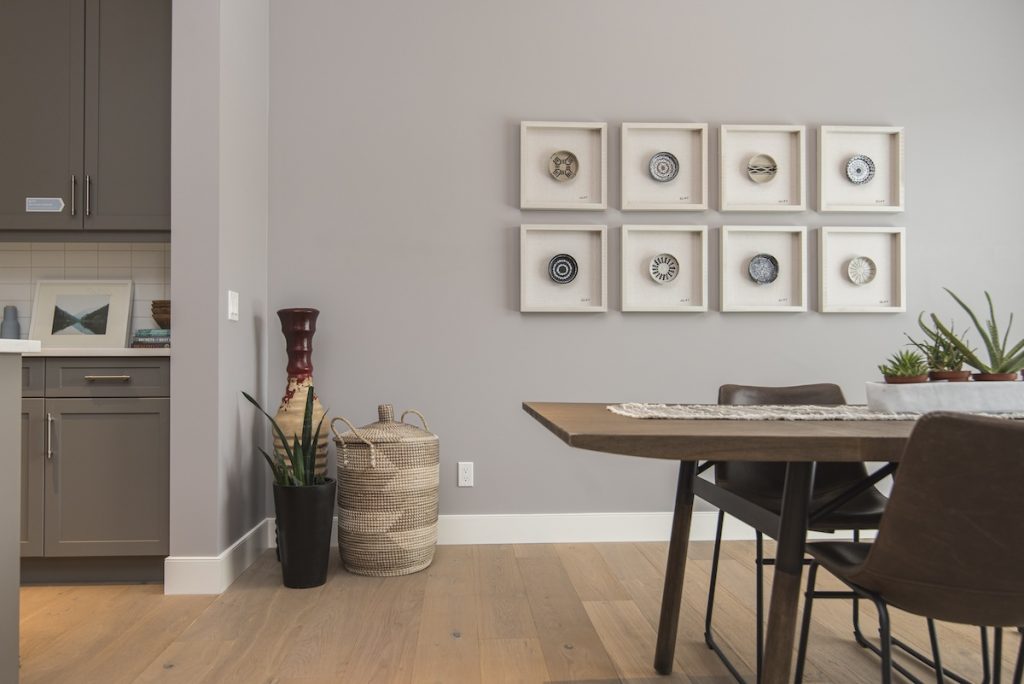
This photo editing style reduces saturation to create a calm, modern look. Colors are softened into earthy or neutral palettes, and contrast is subtle. Favored in lifestyle, interior, and branding photography, it gives photos a refined, contemporary aesthetic that feels polished without being overwhelming. Muted tones allow the subject to take center stage without distraction. It’s versatile, working equally well for commercial work and personal projects.
With so many styles to choose from, it’s easy to see why editing is such a powerful part of photography. Each approach changes how a photo feels, and often, how it is remembered. The most important takeaway is not to chase every trend but to experiment, mix, and refine until you land on a style that feels authentic to you.
A well-defined photo editing style doesn’t just shape your portfolio. It’s what separates hobbyists from professionals, turning your work into something instantly recognizable and uniquely yours.
Motion Blur Aesthetic
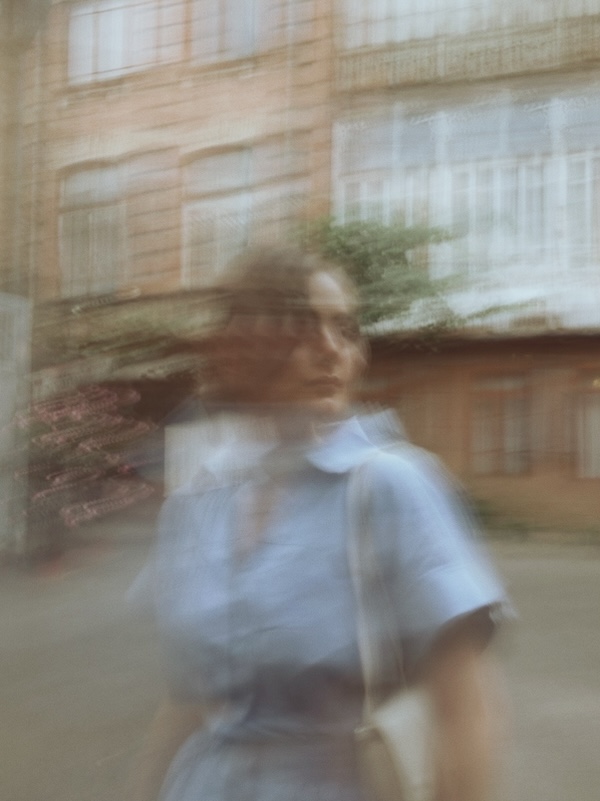
This style uses intentional blur to convey movement and energy, turning motion into a visual element rather than a flaw. This effect can be created in-camera using slow shutter speeds, or replicated later through post-processing.
During editing, blur is applied selectively to subjects or backgrounds to mimic the look of long exposures, where motion trails enhance the sense of speed or fluidity. Colors may blend or streak, creating dynamic lines that guide the viewer’s eye through the frame. Ideal for street scenes, dance performances, sports, or creative portraits, this approach focuses on mood and rhythm instead of perfect sharpness. The result is expressive, atmospheric imagery that captures motion in a uniquely artistic way.
Film Noir

Dark, contrast-rich, and steeped in drama, this photo editing style draws from cinematic noir and vintage crime films. Deep blacks dominate, shadows swallow detail, and highlights often appear harsh or directional. Tonally cool with selective desaturation, skin tones are often muted or cold. This style is perfect for portraits, architecture, or urban street scenes where mood and mystery are key. Use strong vignettes, grain, and directional lighting to amplify the tension.
Golden Hour Glow
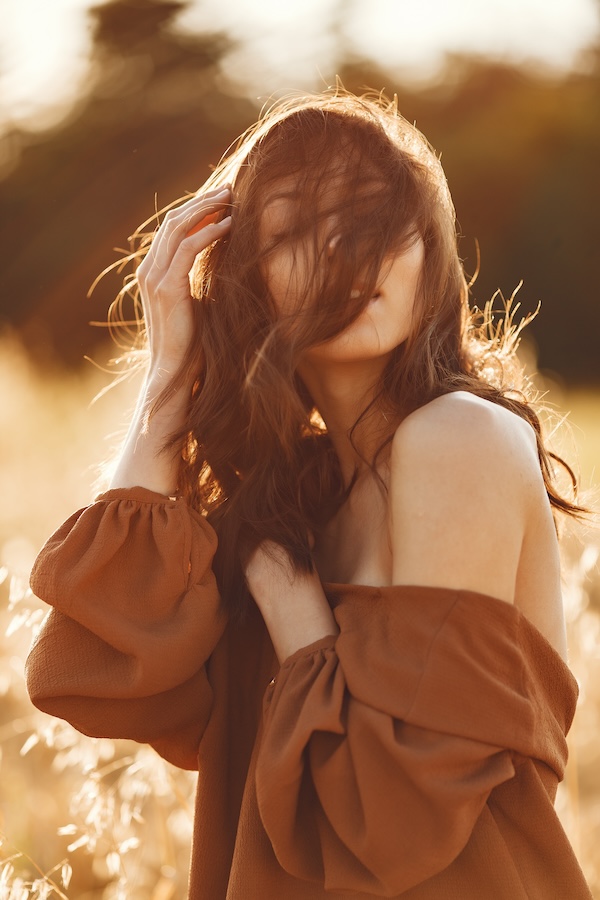
This photo editing style highlights the soft, radiant light found during sunrise or sunset. Edits focus on warming the temperature, gently boosting oranges and yellows, and slightly lowering contrast to maintain a natural softness. Highlights are lifted to create a glowing effect, while shadows keep subtle detail without appearing harsh. Perfect for landscapes, portraits, or wedding photography, this approach produces a dreamy, romantic, sun-kissed look that enhances the natural beauty of golden hour.
Moody Desaturated Cinematic
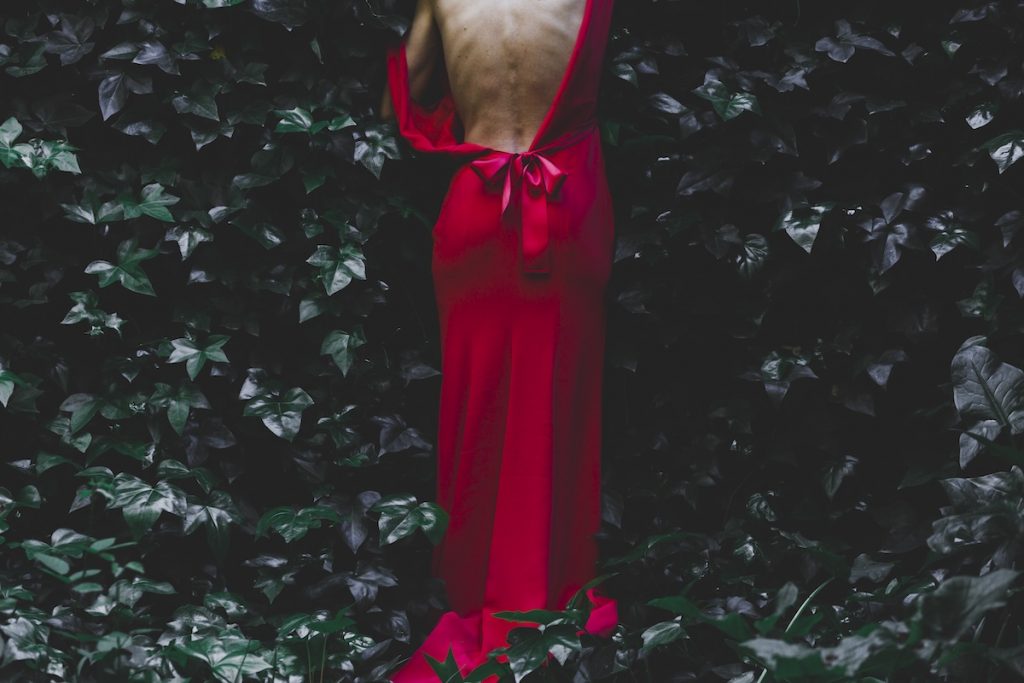
A mix of ‘Dark and Moody’ and ‘Desaturated and Muted,’ this photo editing approach creates a cinematic look with low saturation, heavy contrast, and cool shadows, enhanced by color accents on features like the dress, lips, or eyes. Grain or subtle film textures help add visual interest, while black levels are deep and color curves often skewed. This look works well for storytelling photography, fashion editorials, or narrative-driven portrait series.
Neon Glow

Bold, vibrant, and electrifying, this photo editing style thrives on the energy of neon lighting. Edits amplify the saturation of blues, purples, pinks, and greens to create a futuristic, nightlife-inspired look. Contrast is kept strong, with shadows deepened to make neon tones pop dramatically against darker backgrounds. Skin tones are often adjusted to balance against the intense glow, giving portraits an edgy, cinematic feel. This style is ideal for urban night photography, concerts, or creative shoots where color and atmosphere are meant to dominate the frame.
Double Exposure
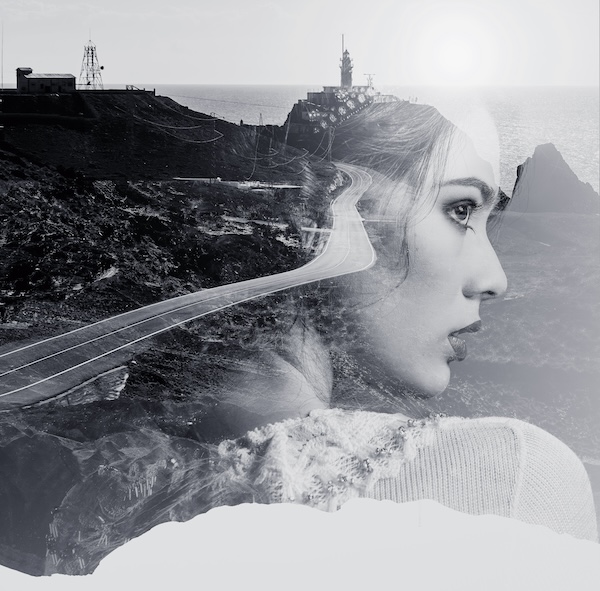
This artistic photo editing style blends two or more images into a single frame, creating surreal and symbolic compositions. Portraits are often combined with landscapes, textures, or abstract elements, allowing one image to overlay and interact with another. Editing emphasizes careful masking, layering, and contrast adjustments so that both images remain distinct while merging seamlessly. Colors may be muted for cohesion or enhanced for a more dramatic effect. Perfect for conceptual photography, album covers, or fine art projects, this approach transforms simple portraits into visually striking narratives.
Pop Art
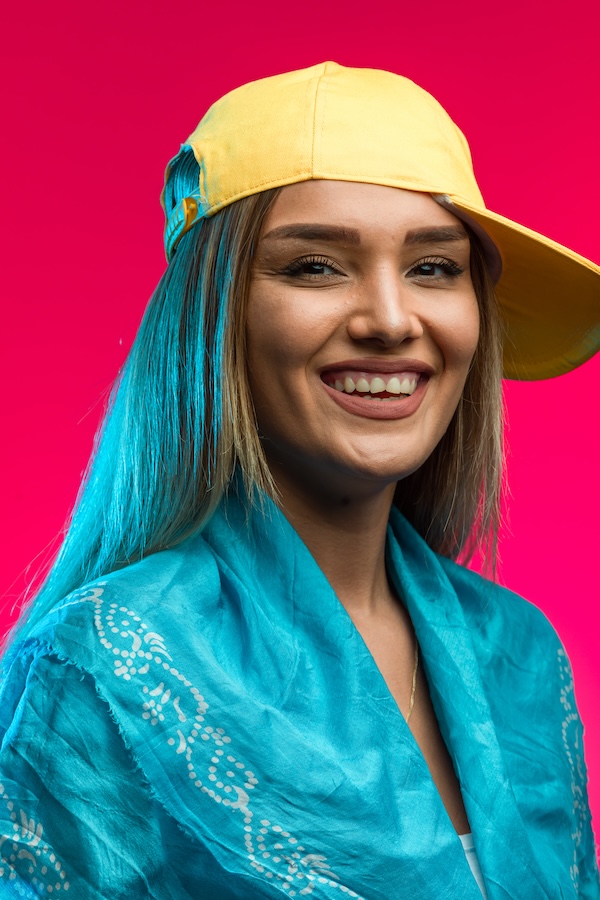
Inspired by the bold aesthetics of the 1960s art movement, this editing style transforms photos into vibrant, graphic works that highlight color and repetition. Bright, saturated tones dominate the palette, with reds, yellows, blues, and greens creating strong, punchy contrasts. Editing often involves heavy outlines, posterization effects, or duplicating the subject in different color variations.
The result is playful, eye-catching imagery that feels both modern and nostalgic. Ideal for fashion shoots, advertising, or creative portraits, this editing style turns everyday photos into bold visual statements.
Damaged Film
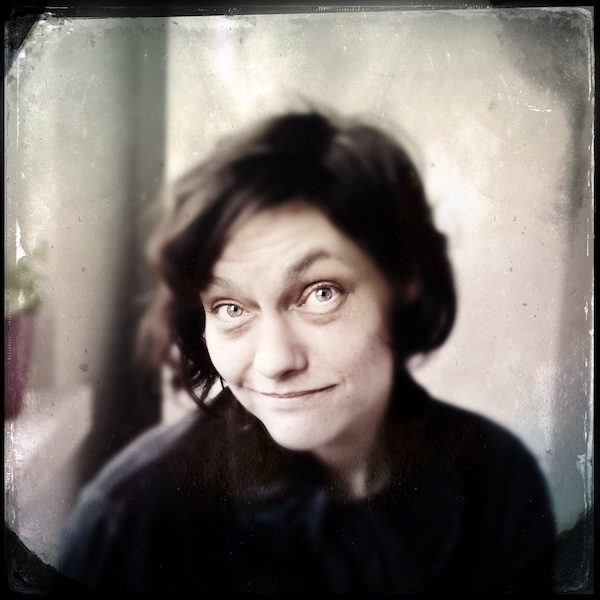
This photo editing style recreates the imperfections of old, worn-out film stock to give photos a raw, nostalgic character. Scratches, dust, light leaks, and faded colors are intentionally added in editing, mimicking the flaws that come with age and heavy use. Grain is often exaggerated, while contrast may shift unpredictably to resemble film that has deteriorated over time.
Colors can lean toward washed-out or yellowed tones, enhancing the sense of decay. Best suited for storytelling projects, retro-inspired shoots, or artistic portraits, this style turns imperfections into a visual language of memory and impermanence.
Dreamy Soft Focus

Soft, glowing, and romantic, this editing style gives photos an ethereal quality. Editing reduces contrast, mutes sharp edges, and introduces a gentle haze or blur across the frame. Highlights are often brightened to create a luminous effect, while colors lean toward warm or pastel tones to heighten the dreamy atmosphere. Perfect for weddings, newborn portraits, or fine art projects, it transforms ordinary images into tender, light-filled memories.
Playful Bokeh
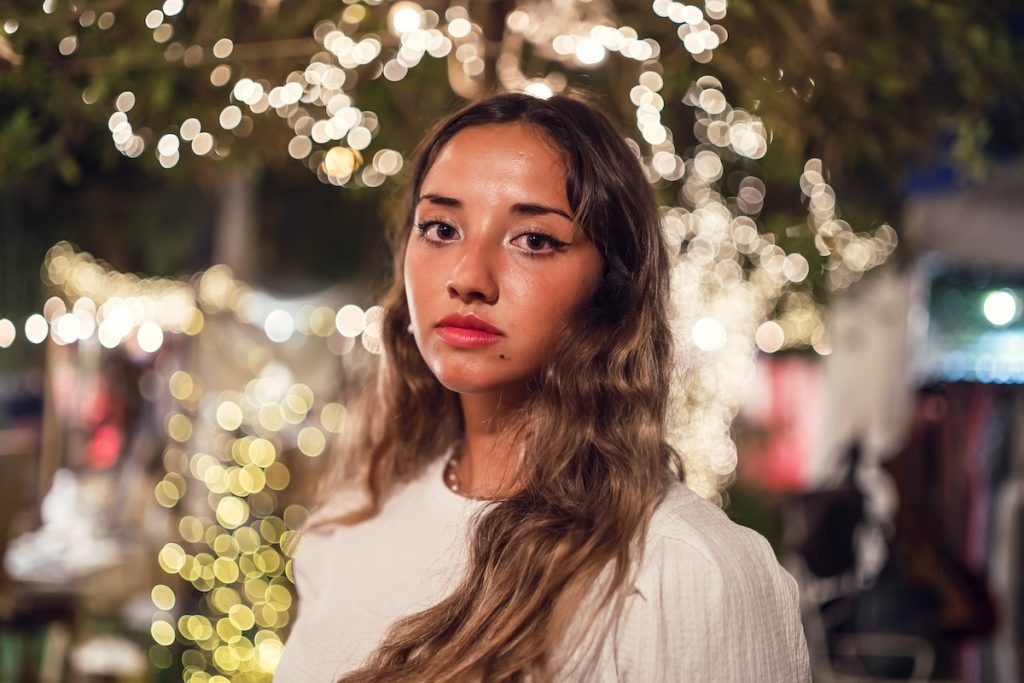
This photo editing style uses blurred light sources to add a magical, artistic touch to images. Editing enhances shallow depth of field, boosts warm highlights, and softens edges to create a smooth, glowing background. Lights from cities, candles, or decorative elements are often emphasized to form vibrant, eye-catching orbs. Ideal for portraits, nighttime shoots, or festive scenes, this approach turns ordinary light sources into visual accents that draw attention to the subject and enrich the overall atmosphere.
Tools and Techniques to Build Your Photo Editing Style
Developing a photo editing style doesn’t happen overnight. It’s a mix of experimenting, refining, and finding the tools that allow your vision to come to life. The good news is that today’s editing software gives photographers more creative control than ever before. If you’re serious about shaping your style, here are the tools and techniques that can help.
Editing Software
Most photographers start with Lightroom and Photoshop, the industry standards for photo editing. Lightroom excels at batch editing, color grading, and overall adjustments, while Photoshop offers precision and flexibility for detailed retouching. Other programs like Capture One, Luminar Neo, ON1 Photo RAW, and even Honcho, have their own strengths, especially if you want unique looks or AI-powered features. The key is to master one program first so your editing feels consistent.
Presets and Profiles
Presets can be a great shortcut when you’re exploring different photo editing styles. They apply saved adjustments for color, tone, contrast and more, giving you a quick preview of how an edit might look. While they’re useful, they should be treated as a starting point rather than a final solution. Customizing presets to suit your taste helps ensure that your edits feel personal instead of generic.
Color Grading Tools
Color is one of the most defining aspects of style, so tools like HSL (Hue, Saturation, Luminance) sliders, color wheels, and split toning are essential. These allow you to fine-tune skin tones, control the look of skies, and balance highlights and shadows. Small shifts in color grading can completely transform the mood of a photo, which is why professionals often spend hours refining their palette.
Retouching Techniques
Retouching goes beyond fixing blemishes. Techniques like frequency separation, dodging and burning, and skin softening can bring polish to portraits without losing realism. For landscape photographers, retouching might mean enhancing textures, removing distractions, or adding subtle sharpening. The more natural your retouching, the more timeless your editing style will feel.
Consistency
Perhaps the most important technique isn’t a tool at all—it’s consistency. The photo editing style becomes recognizable when your photos look like they belong together. Whether it’s through consistent exposure, a signature color palette, or the way you handle contrast, repeating your choices across shoots helps build your visual identity. Clients notice when your portfolio feels cohesive, and that cohesion is often what makes your style stand out.
Instant Editing and Delivery With Honcho
When it comes to events, weddings, sports and school photography, your photos create the most excitement when delivered live. Honcho lets you upload photos from camera to cloud, and instantly share them with AI-powered face recognition—after applying presets.
This means you can edit photos with your signature style, then share them with clients and guests—all in real-time.
In this section, we walk through how to create a preset in Honcho, so you can establish your own photo editing style and maintain consistency across every event you cover.
Creating a Preset in Honcho
Presets are one of the simplest ways to keep your photo editing style consistent across an entire gallery. They save you from repeating the same adjustments over and over, and once you have them set up, you can apply your signature look to thousands of photos, automatically.
Start by heading to your gallery and selecting a photo you want to edit. At the top right corner, click on the Edit icon to open the photo editor.

Inside the photo editor, you can make changes to your photo, whether it is adjusting the color tones or fine-tuning the lighting. Once you have created a look that feels right, click on the Preset icon.
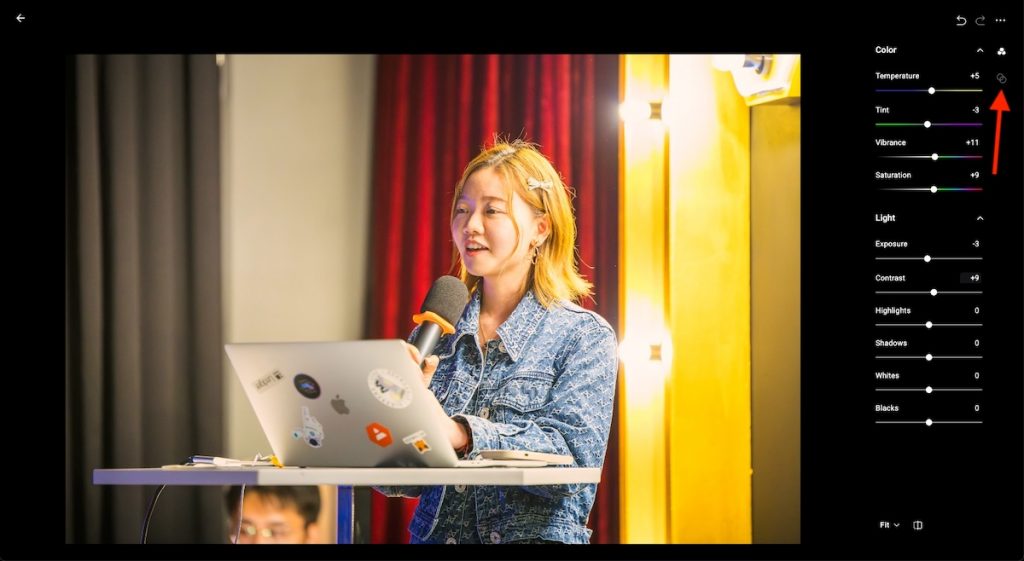
Next, click on Create Preset.
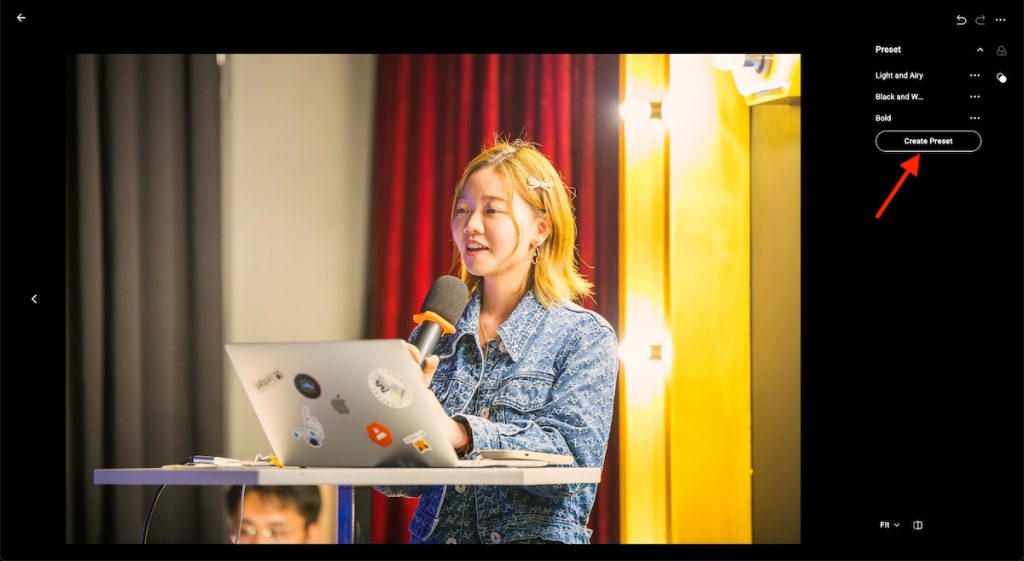
Give your preset a name and choose the settings to include. You might want to save just your color adjustments, or you can include exposure, contrast, and other tweaks. Then, click on Save.
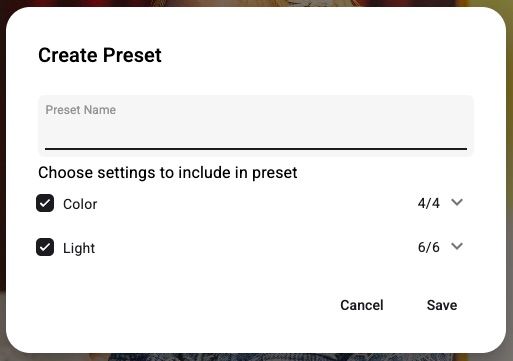
There you have it, you just created a preset!
You can apply your preset to multiple photos at the same time, in the batch editor. Just select the photos, then select the preset to apply.
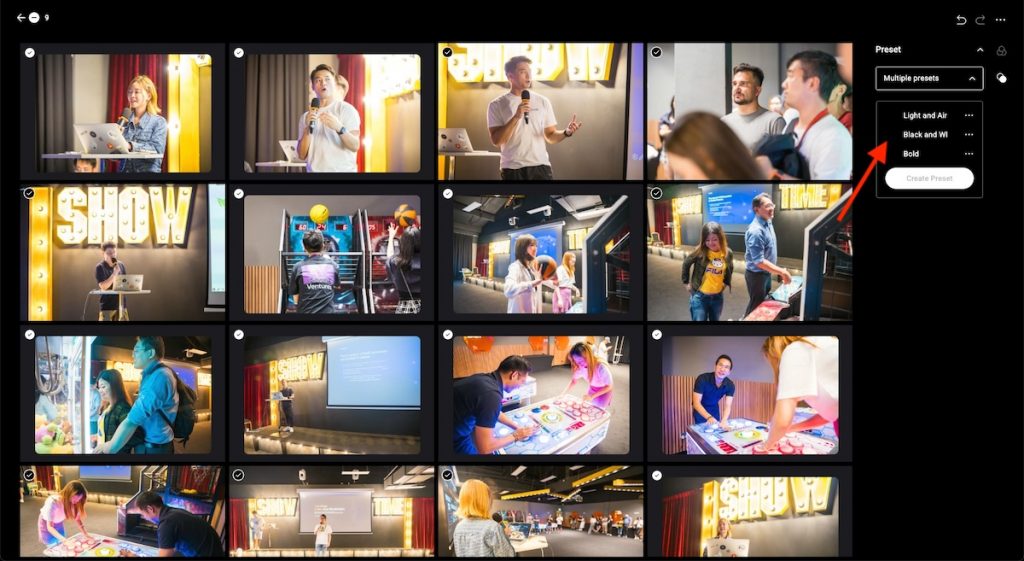
You can also automatically apply a preset as you upload photos from camera to cloud. To do that, open your album settings, navigate to Preset, and select the preset to automatically apply.

With presets, Honcho lets you deliver polished photos instantly—turning photo delivery into an upsell opportunity that drives more bookings and long-term loyalty.

